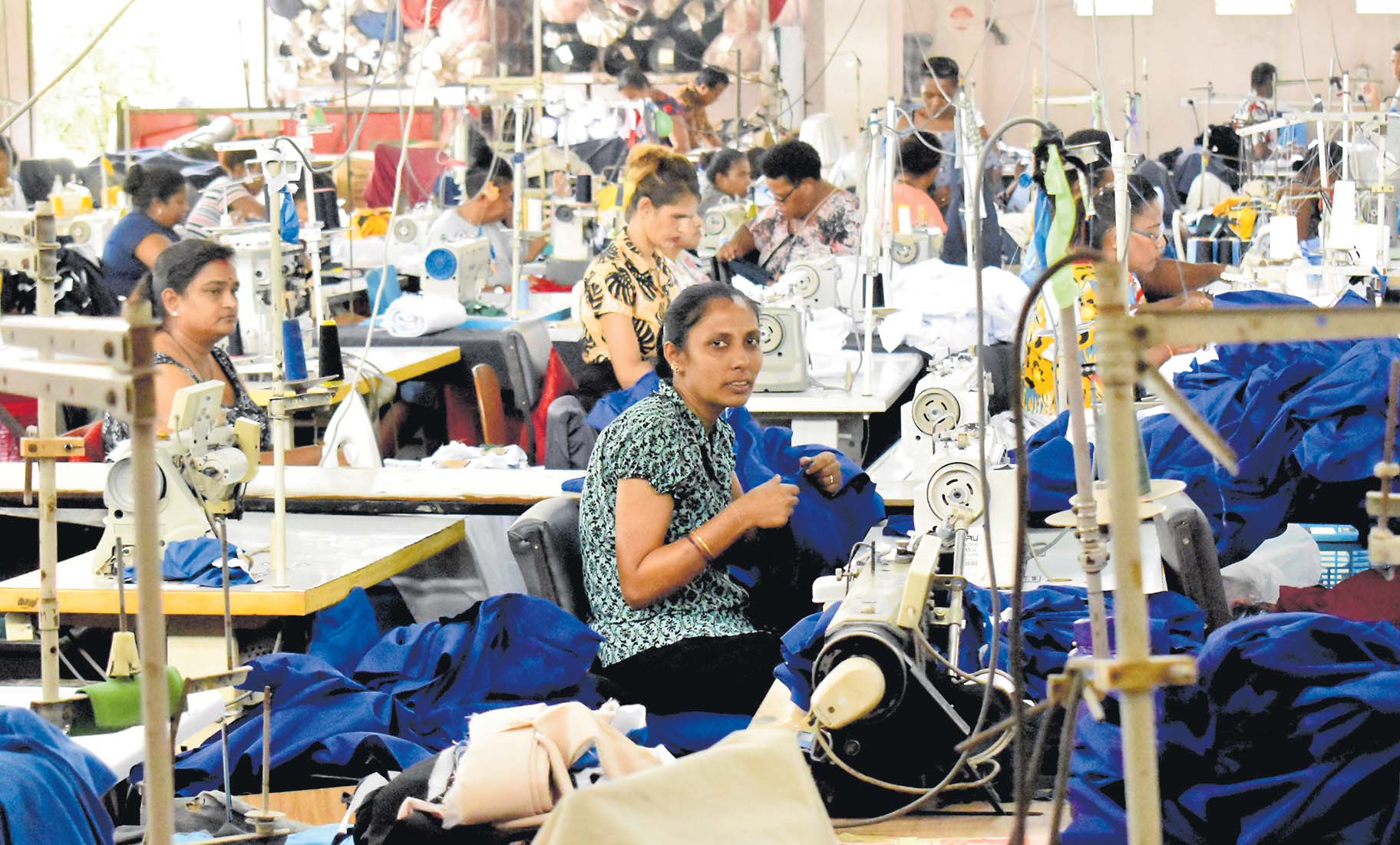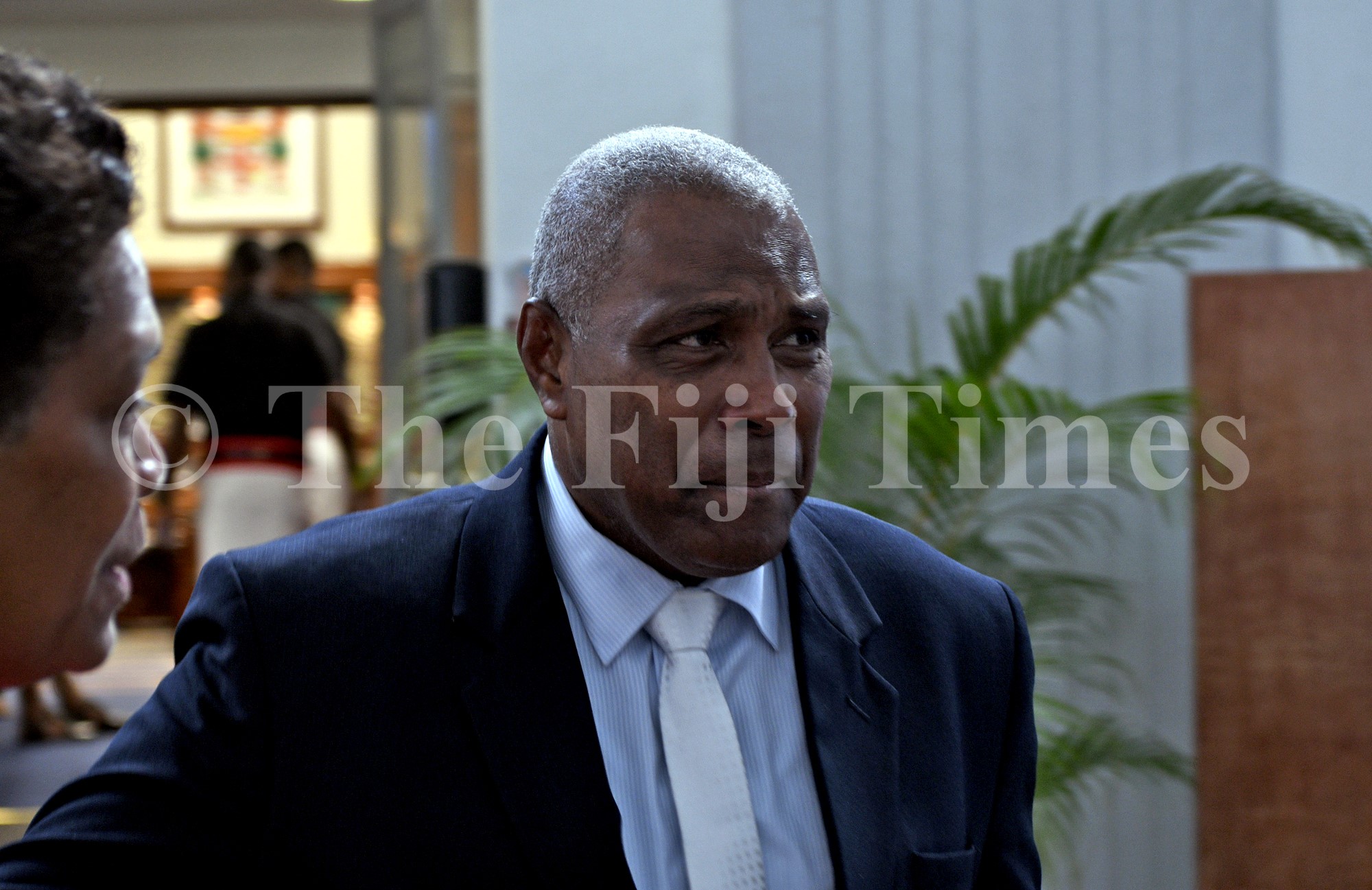Once a major export earner for Fiji, the Textile, Clothing and Footwear (TCF) industry is now fighting to survive the “increased costs of conducting business” and reclaim its spot as a major export earner for Fiji.
In an exclusive interview with The Fiji Times, TCF Council president Inbamalar Wanarajan, laid out in black and white the challenges faced by the industry, and also made recommendations on how it could be assisted.
Snapshot
Fiji’s TCF industry was founded on government’s tax free factory/tax free zone schemes introduced in 1987 that aimed to increase exports, employment, and capital inflow.
By 1992, there were 119 tax free factories, 84 of which were garment factories, 11 were leather and footwear factories, with the rest made up of the food and wood industries.
Then there were trade deals between Fiji and other countries such as the SPARTECA-TCF with Australia, the Multi-Fibre Agreement (MFA) with the US, and the Australian Import Credit Scheme and they all helped boost Fiji’s garment exports.
The industry’s contribution to Fiji’s gross domestic product through exports was significant, with total exports sitting on $105 million in 1992 and $240m in 1997, even surpassing the sugar industry as a major export earner.
At its peak in 2000, the industry was employing over 20,000 people, with export figures sitting on $350m a year and around 150 factories in operation. However, things began to turn South in 2005 following the modification in the MFA which didn’t swing in Fiji’s favour, leading to the closure of what was then Fiji’s biggest garment factory.
Over 3000 workers lost their job and Fiji’s garment exports on an annual basis fell by nearly half in a single year – from $210m in 2004 to $120m in 2005, according to Reserve Bank of Fiji (RBF) data. The industry has since dwindled but with some help from government, it has been working tirelessly on rebuilding its reputation in the market.
The TCF industry now
Ms Wanarajan told The Fiji Times that with most manufacturers closing shop, skilled workers leaving for better opportunities overseas, the newly introduced 3 per cent duty on raw materials, and other factors, the industry is expecting its export to drop by 25 per cent this year.
“Export is expected to decline by 25 per cent from 2023 to 2024 due to continuous increased cost of conducting business. Increased minimum wages and FNPF (Fiji National Provident Fund) contribution, replacing migrant workers by training new comers, and recently imposed three per cent duty on raw material further challenges the situation.
“Not always this cost can be passed to the customers, risk of losing them and ultimately finding difficulties in positioning Fiji TCF sector in international market.
“Employment declined from 7000 workers to less than 4000 workers. Council membership too declined. Council used to have over 50 members, but now declined to less than 30.”
Already, the numbers have been telling the story of this decline. Garment exports, according to RBF’s projected estimates, fell from $97.3m in 2018 to $94.8m in 2019. During the COVID years, garment exports declined from $71.6m in 2020 to $70.9m in 2021.
In 2022, it fetched a mere $65.5m while last year, garment exports earned Fiji $48.9m (January to September).
Fiji risks losing more if the high cost environment continues. Speaking on the three per cent duty on raw materials, Ms Wanarajan said it was “a huge risk to losing business”.
“Majority of factories in Fiji manufacture on CMT based, (cut, make and trim), (where) the buyers supply all fabric, we do not buy or own any fabrics which involves in the production. Fiji garment factories provide labour and packaging materials only.”
She said there were no secrets on how the industry has been able to survive thus far under these circumstances, especially when continuously dealing with issues like low productivity which stemmed from high absenteeism and migration of skilled workers
Recommendations from the TCF industry
Ms Wanarajan said there were many ways to skin a cat, so to speak, in order to revive this sector. One of her recommendations was for Government to engage in active discussions with the industry bodies on matters relating to national minimum wage rate, duties, policies, and so forth.
“Any further increases in the national minimum wage rate should not lead to further reduction in employment and should not further decline export,” she said.
“National minimum wage rate increases must be linked to productivity increases. How this is achieved should be a matter of discussion with our industry body.
“Current support from the government in promoting our industry is sufficient, but we need government to support with policy changes in the area of duty relief and retention of our skilled workers rather than assisting their migration via the PALM (Pacific Labour Mobility) scheme.
“Importing labour from other countries will replace the migrant workers, will allow us to meet the deadline and service the current customers appropriately and provide relief from unpredictable absenteeism.
“Importing skilled labour from other countries will need speedy immigration process to get the work permits to replace the migrant workers.”
She said government should initiate discussions with the US on possible return of trade agreement deals.
She said presently, there were trade agreements with Australia and New Zealand whereby the involvement of 50 per cent or more of local content in the production process qualifies Fiji’s products into their markets. There was also PICTA (Pacific Island Free Trade Agreement) with Samoa, and the MSG agreement between Melanesian countries.
“Major current markets for TCF industry are Australia and New Zealand. Industry will try to expand to other new markets such as Pacific Island countries and US.
“South African countries have free trade agreements with the US. If that status can be brought to Fiji, then it could be explored.”
Ms Wanarajan said 3 per cent duty on raw materials “should be removed to protect this industry from further deteriorating”.
“It might take very long time to bring the industry to previous levels, you may know that many factories have closed compared with that peak period.
“But currently my efforts, along with other (industry) members is to bring back the industry to how it was before.”






